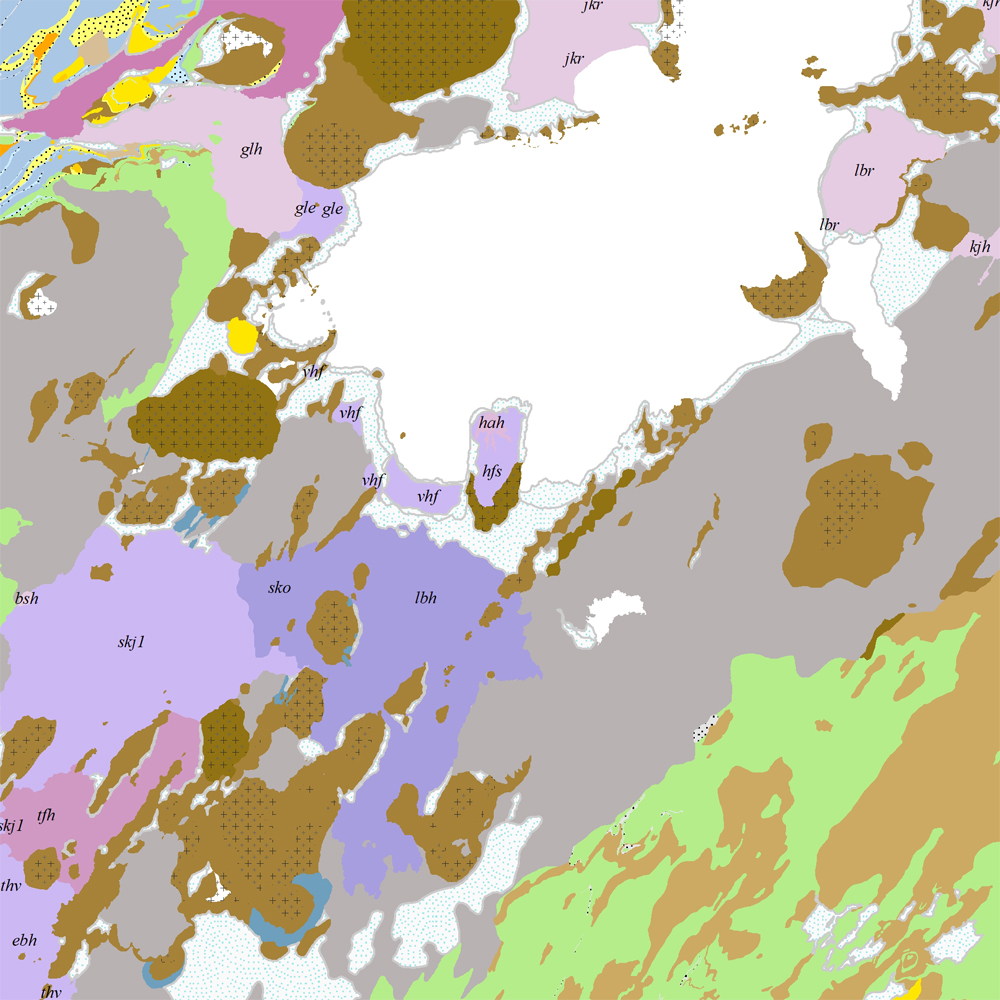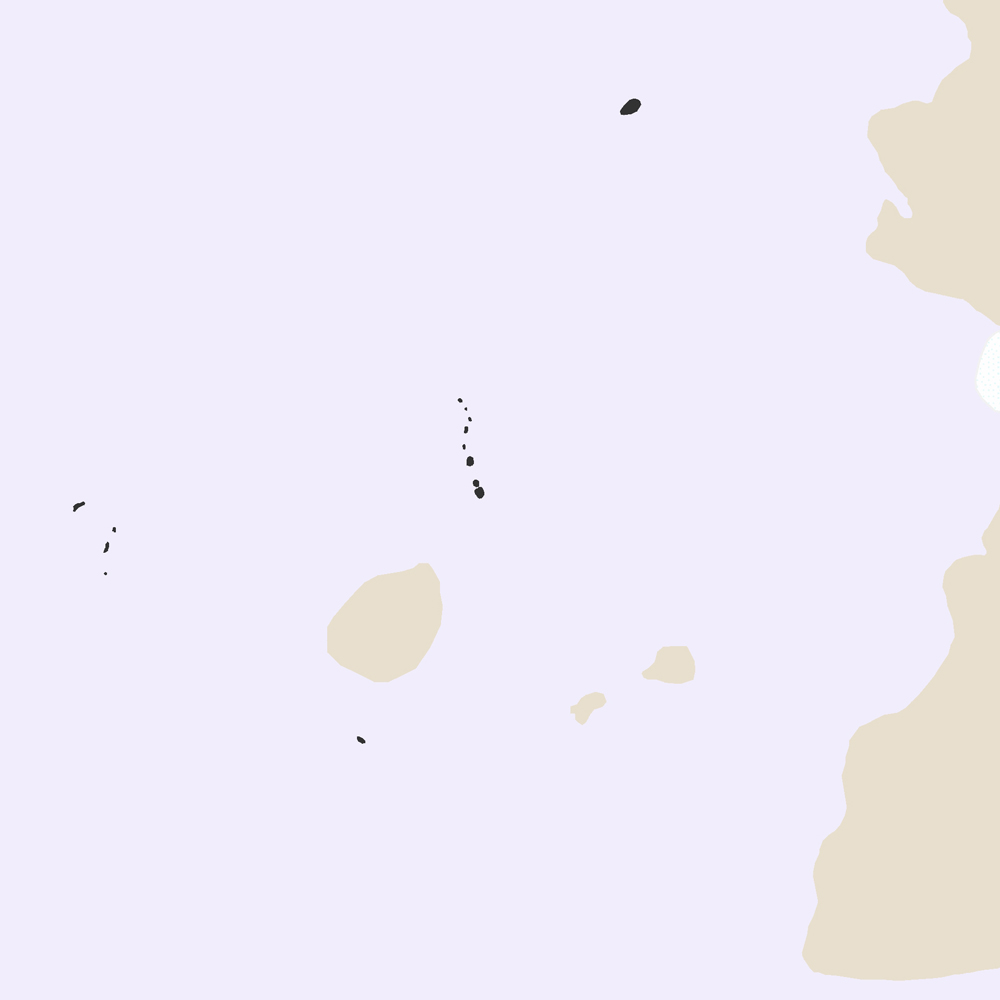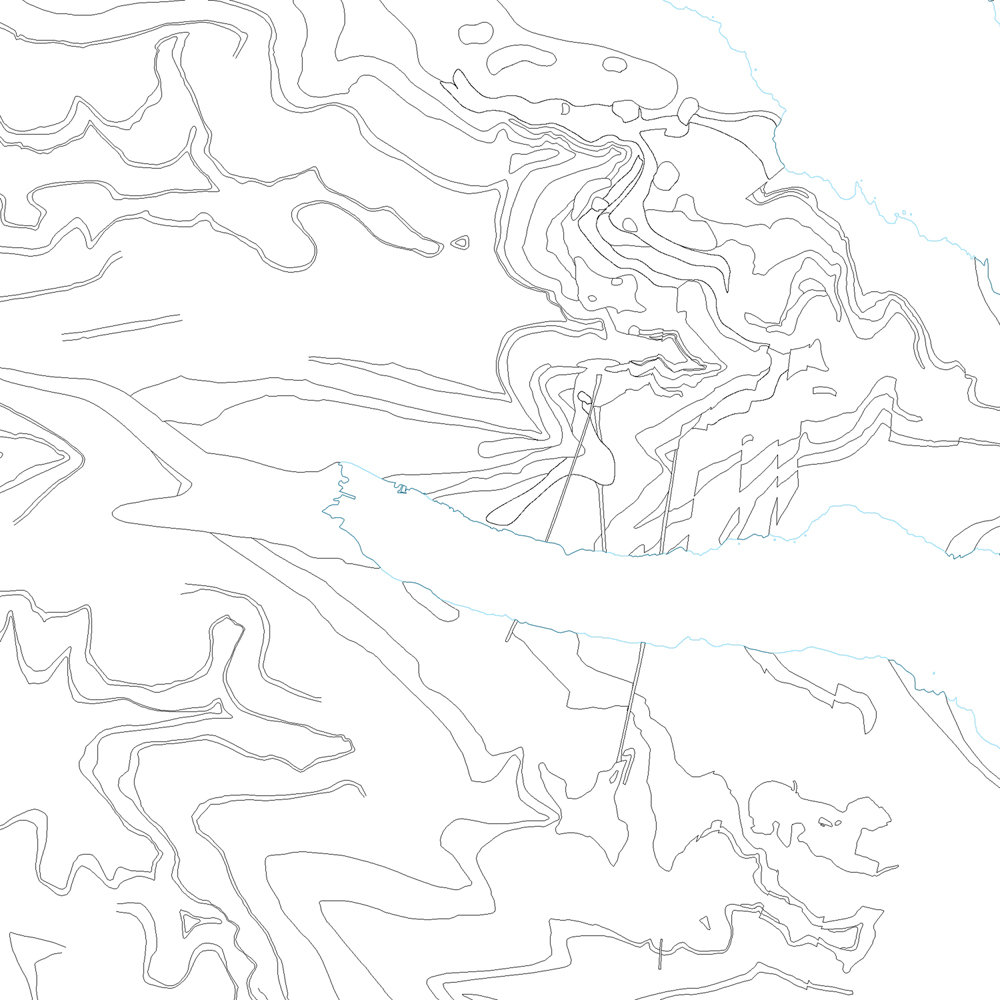dataset
Type of resources
Available actions
Topics
INSPIRE themes
Keywords
Contact for the resource
Provided by
Years
Formats
Representation types
Update frequencies
status
Scale
Resolution
-

Þekja [layer] j100v_vesturgosbelti_berggrunnur_1utg_fl: Gögn fyrir berggrunn ásamt nútímahraunum. [Data showing the bedrock geology, including Holocene lavas.] Berggrunnur er flokkaður eftir aldri, gerð og samsetningu. Gögn eru flokkuð eftir ÍST120:2012 staðlinum, nema fitjueigindir: myndunKodi = stuttur kóði sem táknar gerð bergmyndunar, myndunIS = stutt íslenskt heiti fyrir bergmyndun, myndunEN = stutt enskt nafn á bergmyndun, eldstodNafn = nafn eldstöðvakerfis, kenni = stuttur kóði fyrir hlýskeiðishraun og nútímahraun, aldur = aldursbil, Nýr kóði fyrir fitjueigindina 'Tegund storkubergs' (tegStorkubergs): dbas = dílabasalt. [Bedrock is classified by age, type, and composition. The data follows the ÍST120:2012 data standard with these additional feature attributes: myndunKodi = short code denoting the rock formation type, myndunIS = short Icelandic name for rock formation, myndunEN = short English name for rock formation, eldstodNafn = name of the volcanic system, kenni = short codename for interglacial and postglacial lavas, aldur = age range. New code for feature attribute 'Tegund storkubergs' (tegStorkubergs): dbas = porphyrytic basalt.]
-

Vinsamlega hafið samband við Umhverfisstofnun vegna nánari upplýsinga.
-

Þekja [layer] j100v_vesturgosbelti_berggrunnurNidurfoll_1utg_fl: Niðurföll í nútímahraunum. [Collapse pits in Holocene lavas.}
-

Gögnin sýna hvar leyfi hafa verið gefin út vegna framkvæmda við veiðivötn. Ekki er um að ræða opin gögn. Gögnin eru vistuð hjá Fiskistofu.
-

Vegagerðin annast rekstur landsvitakerfisins og hefur umsjón og eftirlit með uppbyggingu hafnarvita og innsiglingarmerkja. Landsvitar eru til leiðbeiningar á almennum siglingaleiðum og eru í eigu og umsjá ríkisins en hafnarvitar, sem vísa leið inn til hafnar eða eru innan hafnsögu hafnar, eru í eigu og umsjá sveitarfélaga. Landsvitakerfið samanstendur af 104 ljósvitum, 11 siglingaduflum og 16 radarsvörum sem er komið fyrir þar sem landslagi er þannig háttað að erfitt er að ná fram endurvarpi á ratsjá skipa. Hafnarvitakerfið er byggt upp af tæplega 20 ljósvitum, um 90 innsiglingarljósum á garðsendum og bryggjum, rúmlega 80 leiðarljósalínum og tæplega 50 baujum er vísa leið í innsiglingum að höfnum. Viðhald og eftirlit Vegagerðarinnar með vitum landsins skiptist í stórum dráttum í eftirlit með ljósabúnaði og viðhald á vitabyggingum.
-

Vinsamlega hafið samband við Fiskistofu vegna nánari upplýsinga.
-

Gögin upplýsingar um strok og tjón sem hefur átt sér stað sjókvíeldi. Hægt er að sjá hvar strokið átti sér stað, hvenær og hverskonar fiskur strauk. Einnig er hægt að sjá hvort hjón var á búnaði eða gat á kví. Fyrir frekari upplýsingar er bent á að hafa samband við matvælastofnun.
-

Þekja (layer) j100v_austurland_berggrunnurMork_1utg_li: Línur sýna þekkt mörk berggrunns. [Lines showing certain boundaries of bedrock.] Tilheyra flákagögn 'ni_j100v Berggrunnur á Austurlandi – 1:100.000' (j100v_austurland_berggrunnur_1utg_fl). [Follows the polygon data 'ni_j100v Berggrunnur á Austurlandi – 1:100.000' (j100v_austurland_berggrunnur_1utg_fl).]
-
HRL, 6 háupplausnargagnalög: yfirborðsgegndræpi, skógar (trjákrónuþéttleiki), skógar (barrtré/lauftré), graslendi, votlendi, vötn. Rastagögn, 20 m myndpunktsstærð, upprunaleg og endurbætt gagnalög og skýrslur, ISN2004. Hægt er að sækja gögnin á niðurhalssíðu Náttúrufræðistofnunar. Nánari upplýsingar um hvert lag fylgja gögnunum. HRL, 6 High Resolution Layers: imperviousness, tree cover density, forest type, grasslands, wetlands, permanent water bodies. Raster data, 20 m pixel size, intermediate and enhanced results, data and verification/enhancement reports, ISN2004. The datasets can be downloaded from the Institute of Nature Research Download Site where more details information about each layer are included.
-

Riparian zones represent transitional areas occurring between land and freshwater ecosystems, characterised by distinctive hydrology, soil and biotic conditions and strongly influenced by the stream water. They provide a wide range of riparian functions (e.g. chemical filtration, flood control, bank stabilization, aquatic life and riparian wildlife support, etc.) and ecosystem services. The Riparian Zones products will support the objectives of several European legal acts and policy initiatives, such as the EU Biodiversity Strategy to 2020, the Habitats and Birds Directives and the Water Framework Directive. Land Cover/Land Use (LC/LU) classification is tailored to the needs of biodiversity monitoring in a tailored buffer zone along large and medium-sized European rivers (with Strahler levels 3-8 derived from EU-Hydro). LC/LU is extracted from VHR satellite data and other available data in a buffer zone of selected rivers. The classes follow the pre-defined nomenclature on the basis of MAES typology of ecosystems (Level 1 to Level 4) and Corine Land Cover, providing 80 distinct thematic classes with a Minimum Mapping Unit (MMU) of 0.5 ha and a Minimum Mapping Width (MMW) of 10 m. The production of the Riparian Zones products was coordinated by the European Environment Agency in the frame of the EU Copernicus programme.
 Lýsigagnagátt
Lýsigagnagátt